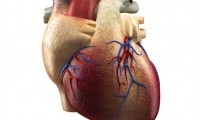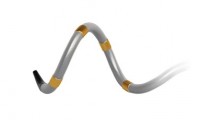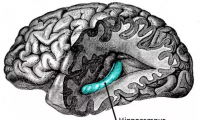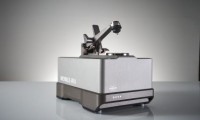-
NYU Langone offers the highest-quality kidney and lung transplant programs in the nation, new U.S. data reveals
- Source: drugdu
- 103
- September 11, 2023
-
ECLS does not improve survival in patients with acute myocardial infarction complicated by cardiogenic shock
- Source: drugdu
- 117
- August 30, 2023
-
analysts
- Source: drugdu
- 173
- August 9, 2023
-
BD Gains FDA Clearance to Relaunch Alaris Infusion Pump After Recalls
- Source: drugdu
- 252
- July 27, 2023
-
Study Explores the Emergence of Predictive Models in the Hippocampus
- Source: drugdu
- 147
- July 25, 2023
-
VR Can Alleviate Brain Tumor Patients’ Anxiety During Treatment, Study Finds
- Source: drugdu
- 85
- July 25, 2023
-
New ultra-flexible neural implant records single-neuron activity in deep-brain regions
- Source: drugdu
- 110
- July 22, 2023
-
Black Patients with ICDs Have Higher Rate of Post-Implant Cardiac Events and Risk of Death
- Source: drugdu
- 130
- July 19, 2023
-
Portable, Low-Cost Tech Tracks Uterine Contractions
- Source: drugdu
- 103
- July 19, 2023
-
Bruker Launches Portable MOBILE-IR II Spectrometer to Bring Laboratory-Grade FT-IR Analysis to the Field
- Source: drugdu
- 137
- July 13, 2023
your submission has already been received.
OK
Subscribe
Please enter a valid Email address!
Submit
The most relevant industry news & insight will be sent to you every two weeks.













